
YOU COULD ALREADY BE LOSING MUSCLE—HERE’S HOW TO STOP IT
Muscle is a fundamental organ of longevity, yet from the age of 30, muscle mass declines at a rate of 3–8% per decade, accelerating significantly after 60. This process, known as sarcopenia, goes beyond strength loss—it is linked to higher risks of metabolic disorders, osteoporosis, injuries, and even mortality. Reduced muscle mass also impairs physical performance, making previously effortless movements progressively more challenging.
While sarcopenia is more common in older adults, it can begin earlier than many realise. For a long time, muscle loss was considered inevitable. However, recent research shows that muscle loss can be slowed—or even prevented [7]. This article examines the latest evidence-based strategies to maintain muscle mass, strength, and resilience, ensuring long-term mobility and performance. If you’ve spent years building strength and athleticism, don’t let muscle loss undo your progress—science shows that with the right approach, you can maintain peak performance and mobility well into later life.

EFFECTS OF MUSCLE LOSS
Muscle isn’t just for performance. It’s your body's armour. It protects your bones, stabilises your joints, and drives your metabolism. Lose muscle, and your entire system weakens:
• Strength fades. Once effortless movements—jumping, sprinting, lifting—start to feel heavy, slow, unfamiliar.
• Metabolism crashes. With less muscle, your body burns fewer calories, making fat gain almost inevitable.
• Bones become fragile. Muscle loss accelerates bone density decline, making fractures and breaks more likely.
• Recovery slows. Injuries that once healed in days now take weeks—or never fully recover.
• Lifespan shortens. Research shows that muscle mass is one of the strongest predictors of longevity. Lower muscle mass is strongly linked to increased risk of disease, frailty, and premature mortality.
CAUSES OF SARCOPENIA
The word ‘sarcopenia’ originated from the combination of two Greek words: sarx (flesh) and penia (loss). Today, it refers not only to the loss of muscle mass but also to the decline in muscle function with age, making daily tasks more challenging and increasing the risk of injuries and falls. Along with a lack of physical activity, here are several other factors that can contribute to the development of sarcopenia:
Altered Hormonal Function: Ageing reduces levels of anabolic hormones (hormones that promote muscle growth), such as testosterone, IGF-1 (Insulin-like Growth Factor 1), and oestrogen.
Changes in Muscle Innervation: Muscles rely on nerves to send signals that help them contract and move. As we age, the number of these nerve cells decreases [5].
Nutritional Deficiencies (Beyond Protein): While not getting enough daily calories and protein can hinder your ability to maintain muscle mass, other nutrients—like vitamin D—work alongside insulin to stimulate muscle protein synthesis [4].
Altered Glucose Metabolism: With age, insulin sensitivity declines, making it harder for muscles to absorb glucose efficiently. This reduces energy availability for muscle maintenance, accelerating muscle loss.
Inflammation: Throughout our lives, we are continuously exposed to pro-inflammatory agents, such as free radicals—unstable molecules present in the environment. These free radicals can impair our cells' ability to regenerate over time.

WHAT SHOULD YOU FOCUS ON DAILY TO PRESERVE MUSCLE MASS?
Understanding the right protein intake pattern:
• How much: Young adults typically need 0.8–1.0 grams per kilogram of body weight per day, while older adults may require 1.2–2.0 grams per kilogram per day. However, the focus has been placed on how much protein each meal should include. Studies show that to maximise muscle protein synthesis (MPS), young adults need around 20 grams of protein per meal, while older adults require about 35 grams [4,7].
• How to distribute your intake: A study found that evenly spreading protein intake across meals (around 20–30 grams each) results in 25% higher 24-hour MPS compared to a skewed intake. This effect is observed as long as total daily intake meets the recommended amount. When intake falls below the recommended daily intake (RDA), an unbalanced intake may be a better option, as at least one meal will contain enough protein [7].
• Protein sources: Animal proteins are typically more effective for muscle growth compared to plant-based proteins, though most studies focus on protein isolates rather than whole meals. This means further research is needed to understand how other nutrients in complete meals influence muscle development [7]. Common animal proteins like whey and collagen are often highlighted in this area. While whey is closely associated with muscle growth, collagen not only helps boost daily protein intake but also provides an amino acid profile with stronger anti-inflammatory effects. This unique profile supports muscle health while also promoting joint health, improving digestion, and offering broader benefits compared to other proteins [1,6,9].
If you’d like to know about the differences between whey protein and collagen, read our article WHEY PROTEIN VS COLLAGEN PEPTIDES: UNDERSTANDING THE DIFFERENCES.
Exercise: The importance of strength training
Strength training is one of the most effective ways to maintain and build muscle, as it helps the body incorporate amino acids—the building blocks of protein—into new muscle tissue. Scientific research highlights that this type of exercise should be done at least twice a week to preserve muscle mass, a recommendation also supported by the American College of Sports Medicine (ACSM), which advises performing 8–12 repetitions of 8–10 exercises targeting all major muscle groups [2,3,8].
To achieve the best results and avoid injuries, it’s important to follow a programme suited to your level and to use proper technique under professional guidance.

Take care of your gut microbiome: How is it connected to muscle health?
Gut microbiota undergoes significant changes throughout a person’s life, influenced by factors like diet, stress, exercise, and medications such as antibiotics and antacids. As we age, these changes can lead to an imbalance (known as dysbiosis), increasing gut permeability and causing chronic low-grade inflammation. This inflammation, in turn, triggers the inhibition of anabolic processes like muscle synthesis and worsens insulin resistance [7].
Gut bacteria also produce amino acids like leucine, vital for muscle growth. In fact, some bacteria contribute up to 15% of leucine production. Considering this, supporting your gut with probiotic-rich foods and fibre is essential for preserving muscle health [7].
BOTTOM LINE
The decline in muscle mass with age was once considered inevitable, but recent research shows it can be slowed or even prevented. Measures such as ensuring proper protein intake at each meal (around 20–30g), getting enough vitamin D, strength training at least twice per week, and maintaining gut health can help preserve or even improve muscle mass.
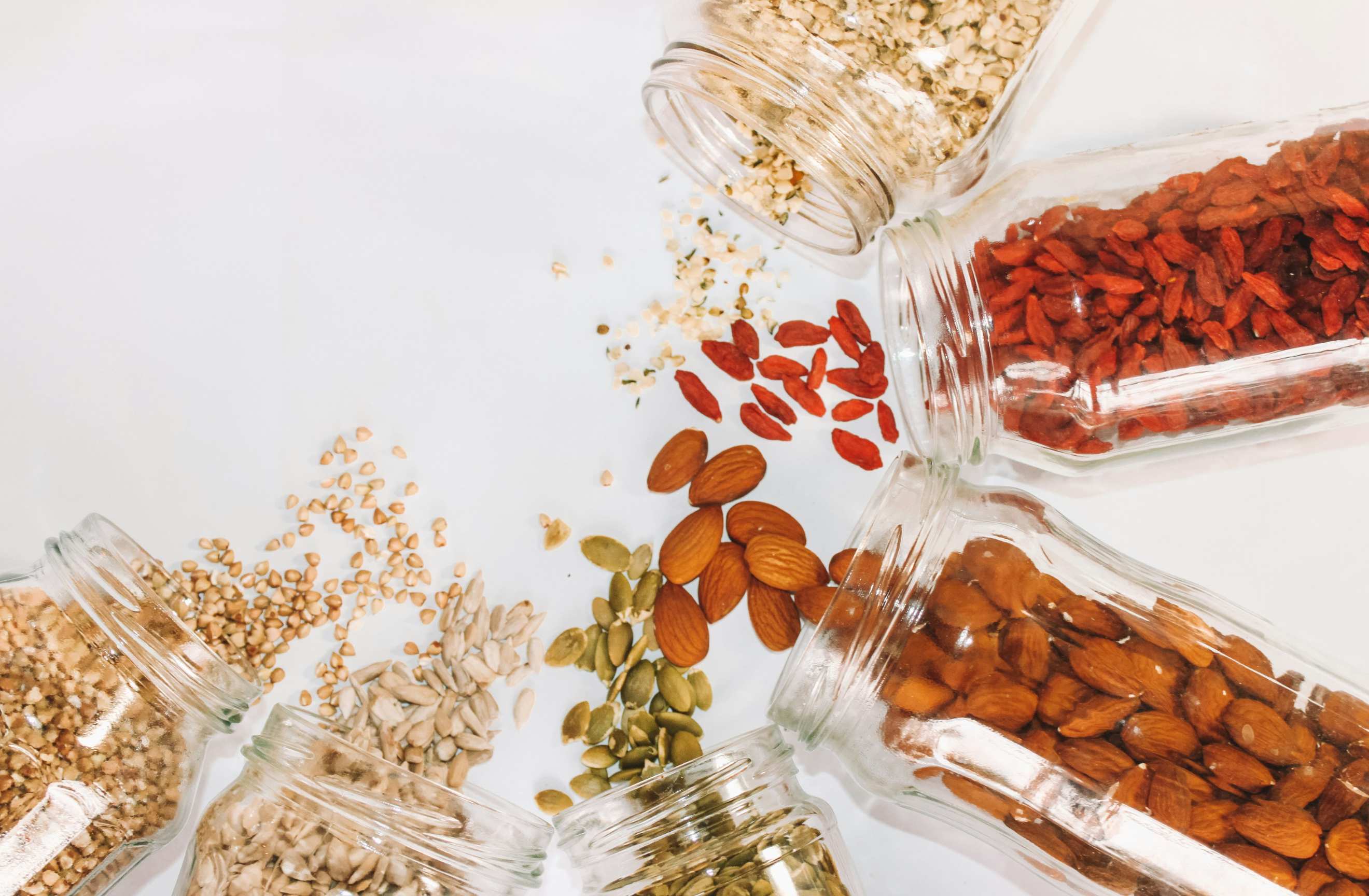

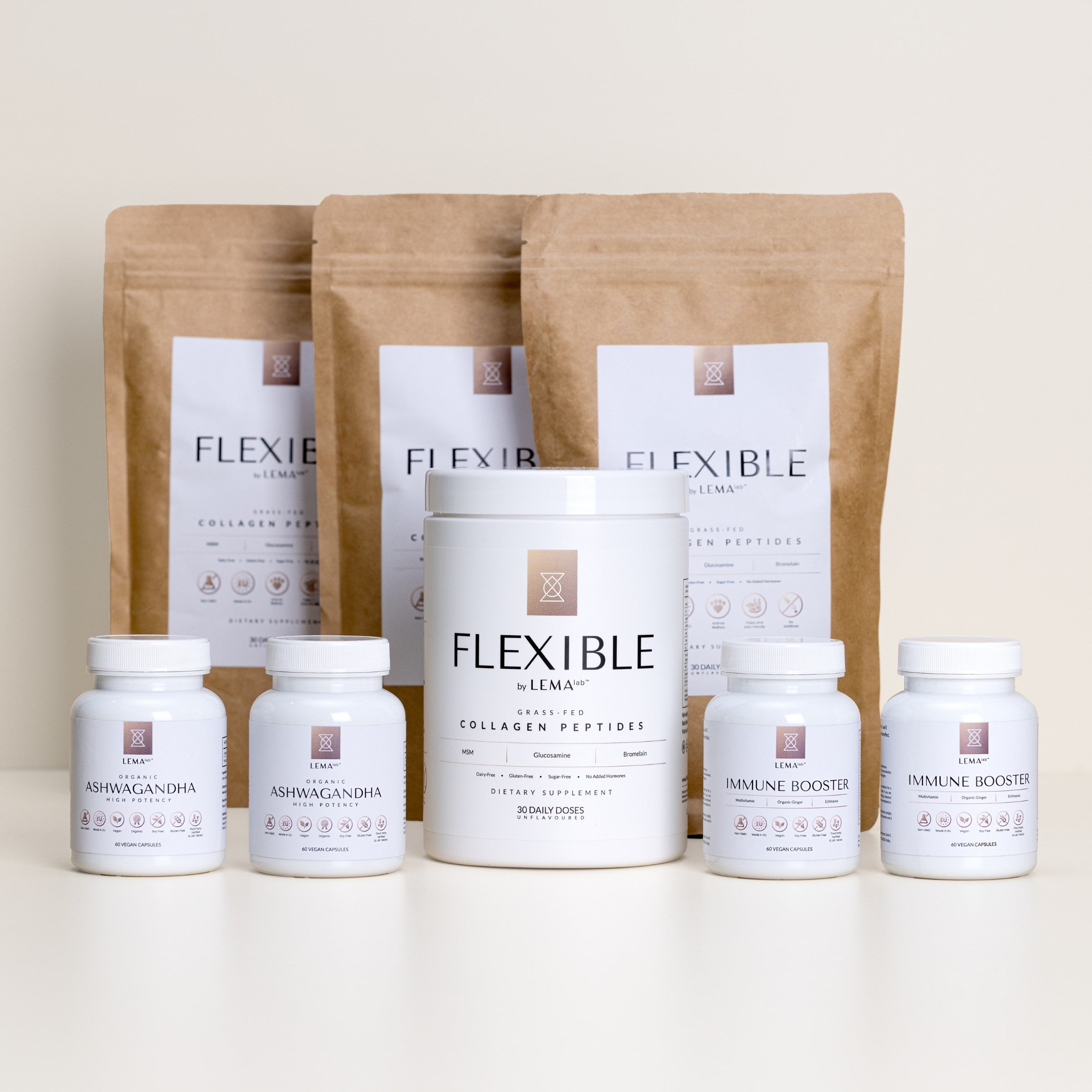
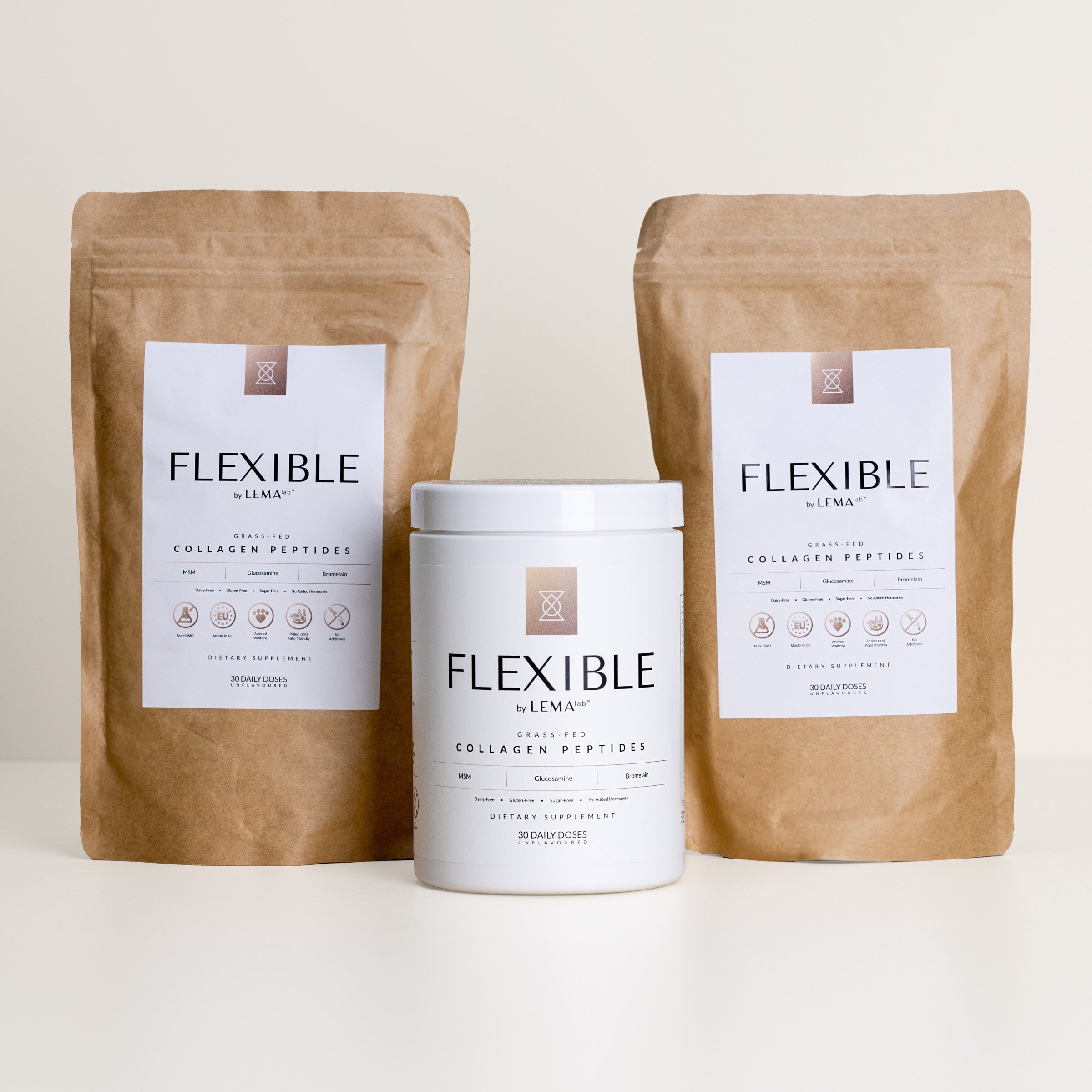

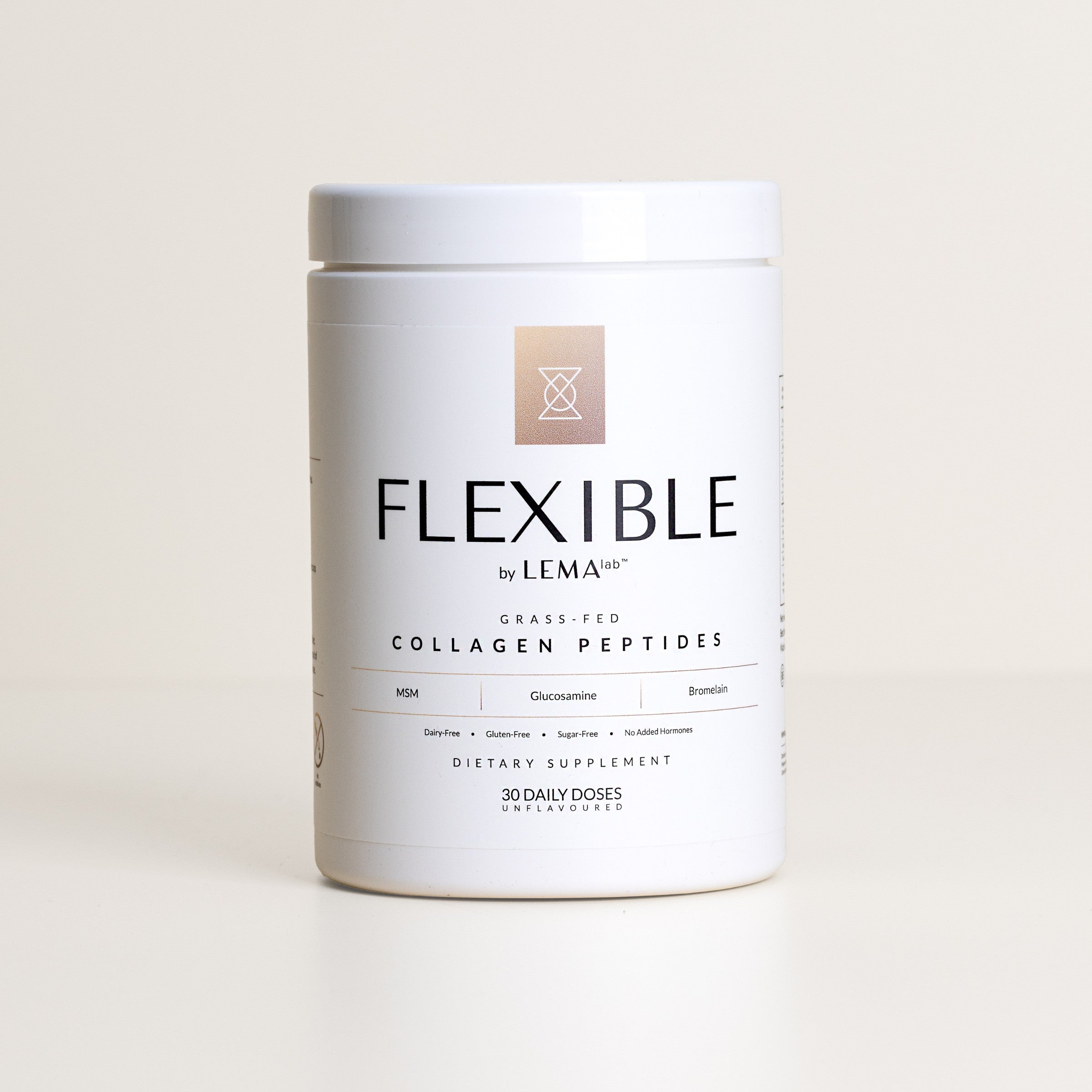
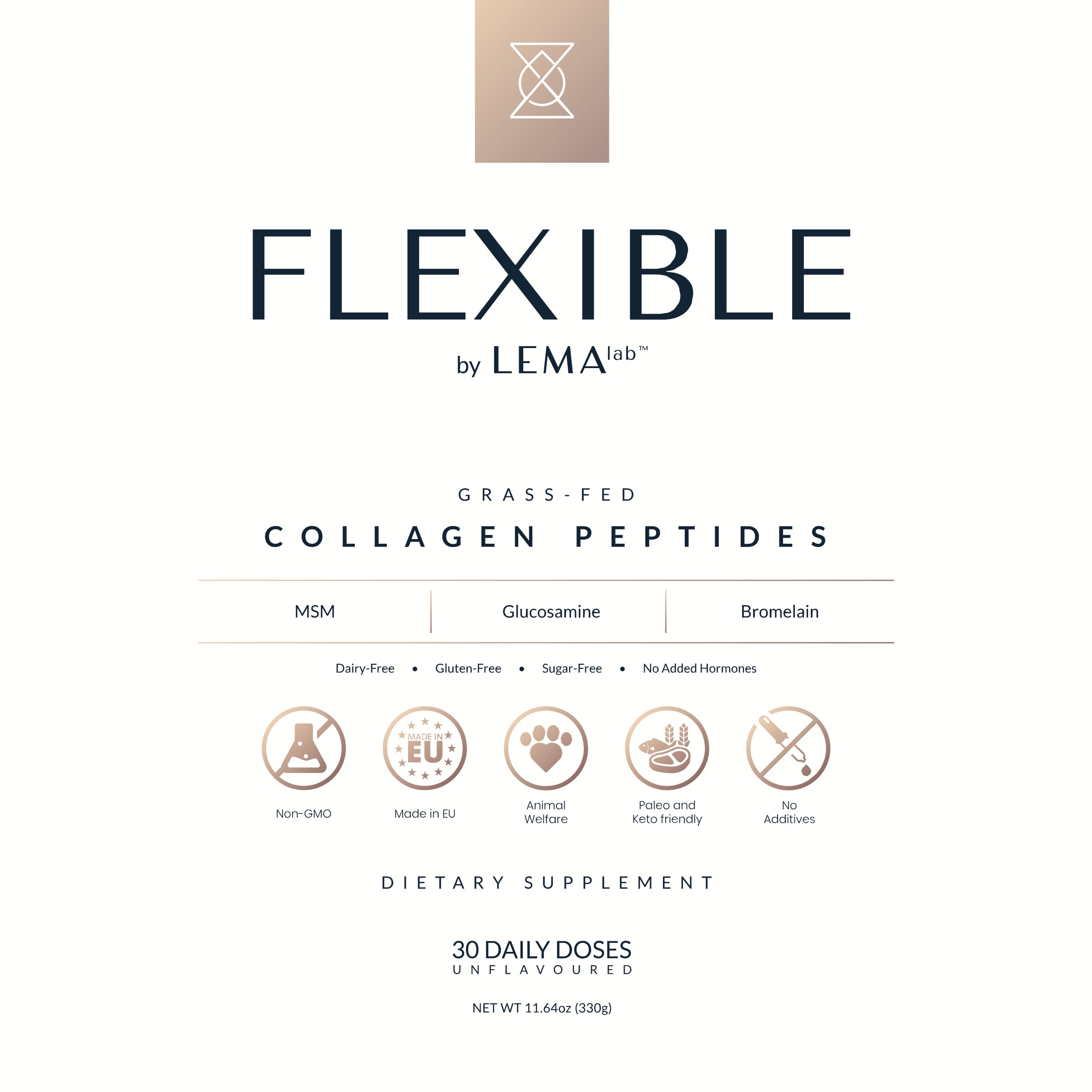
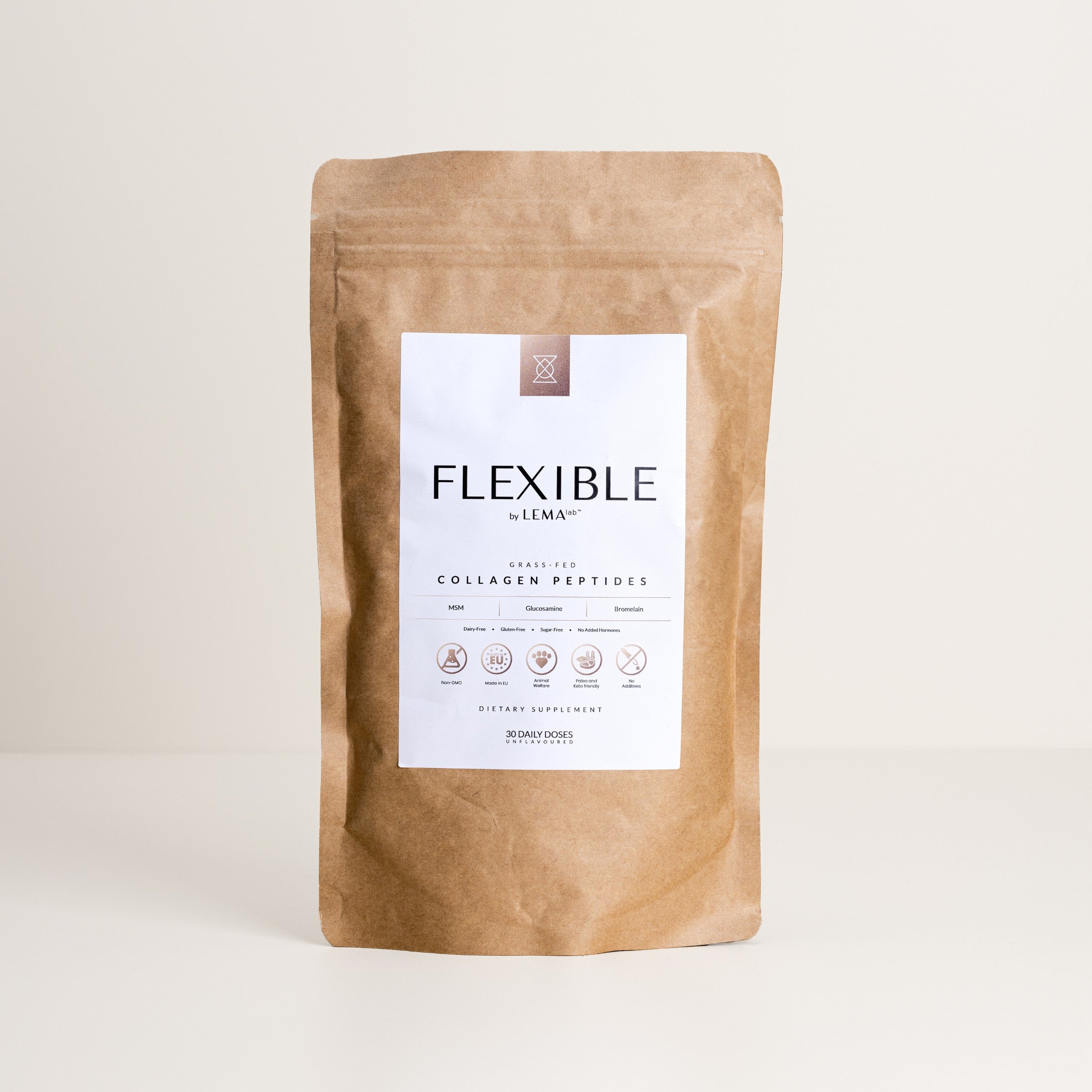
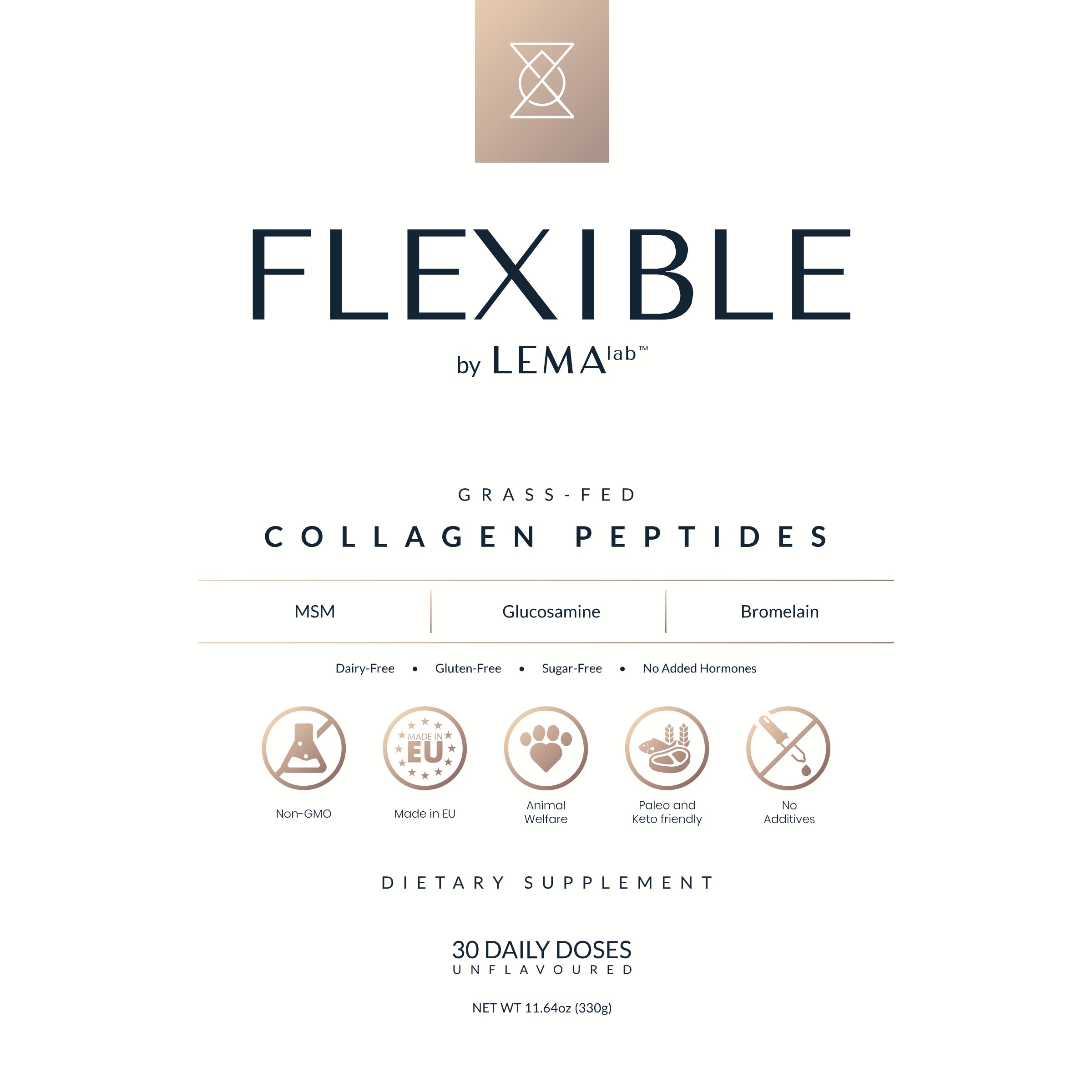
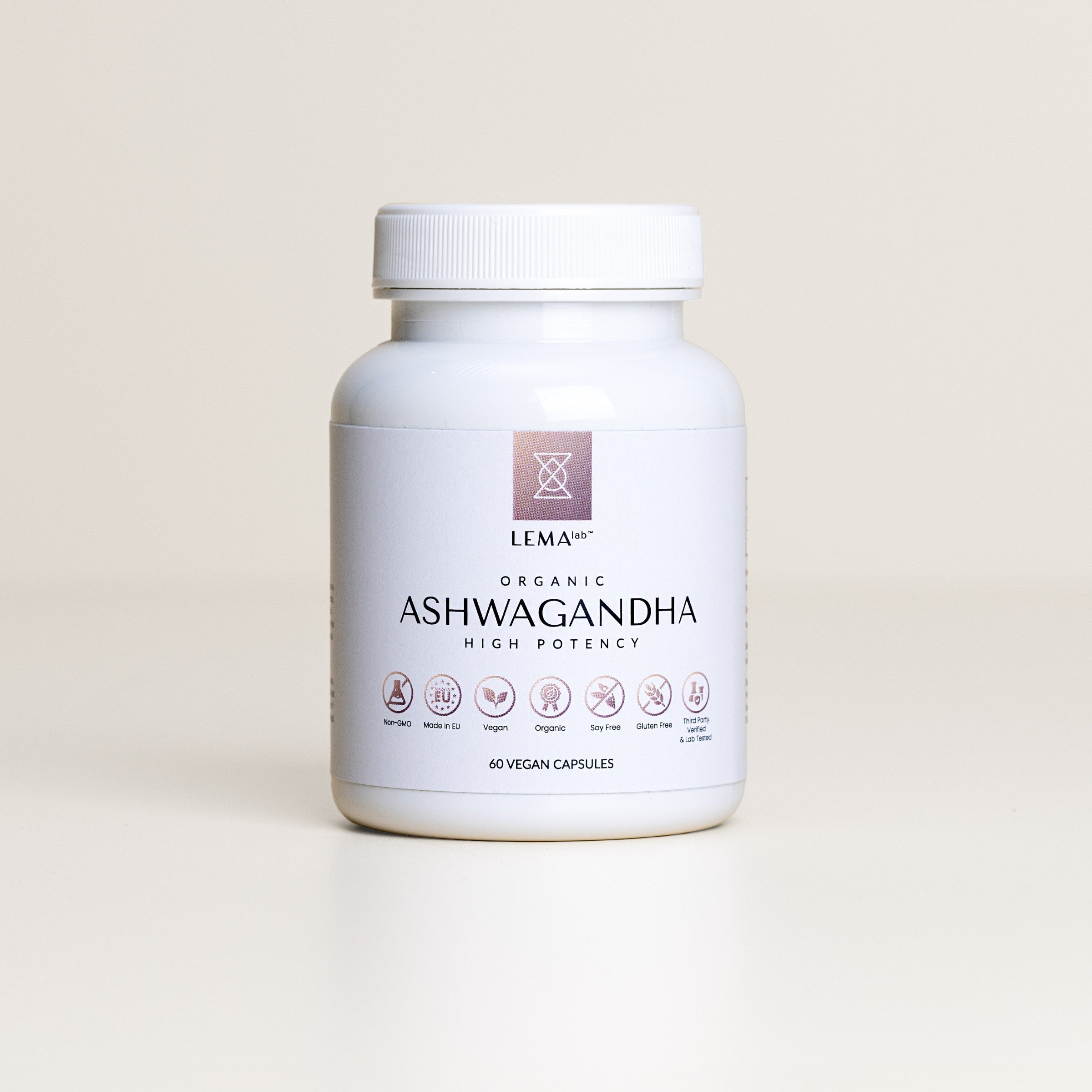
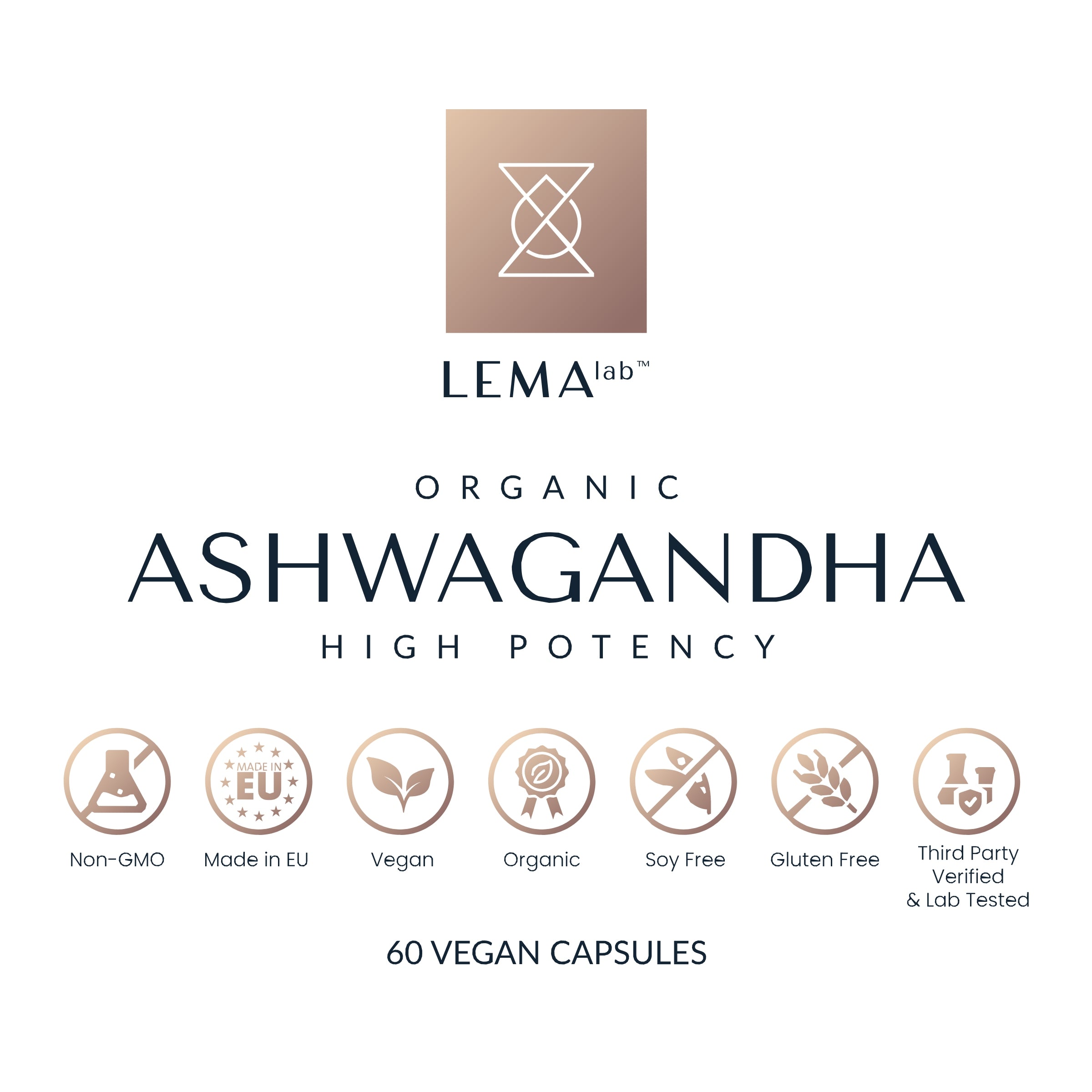
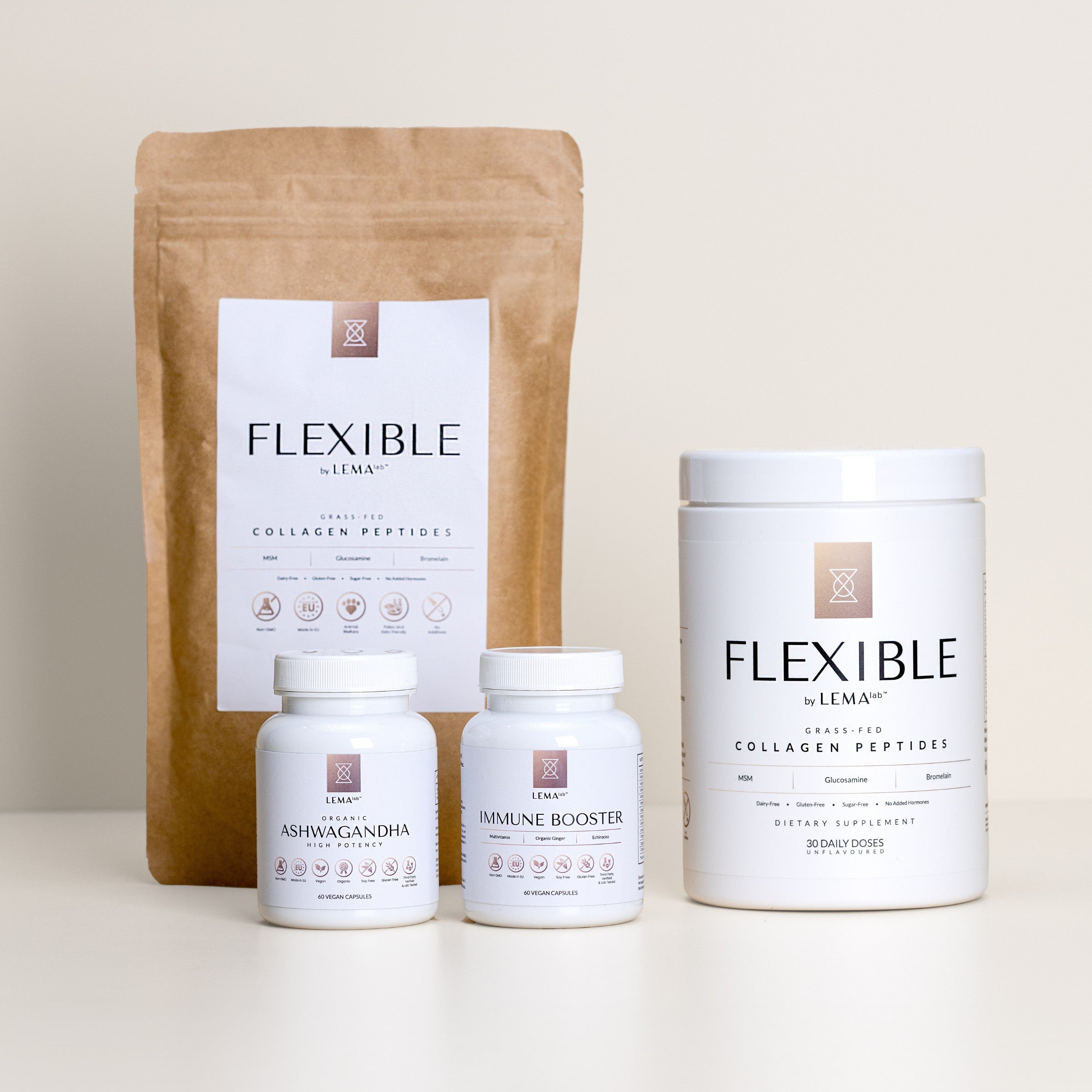
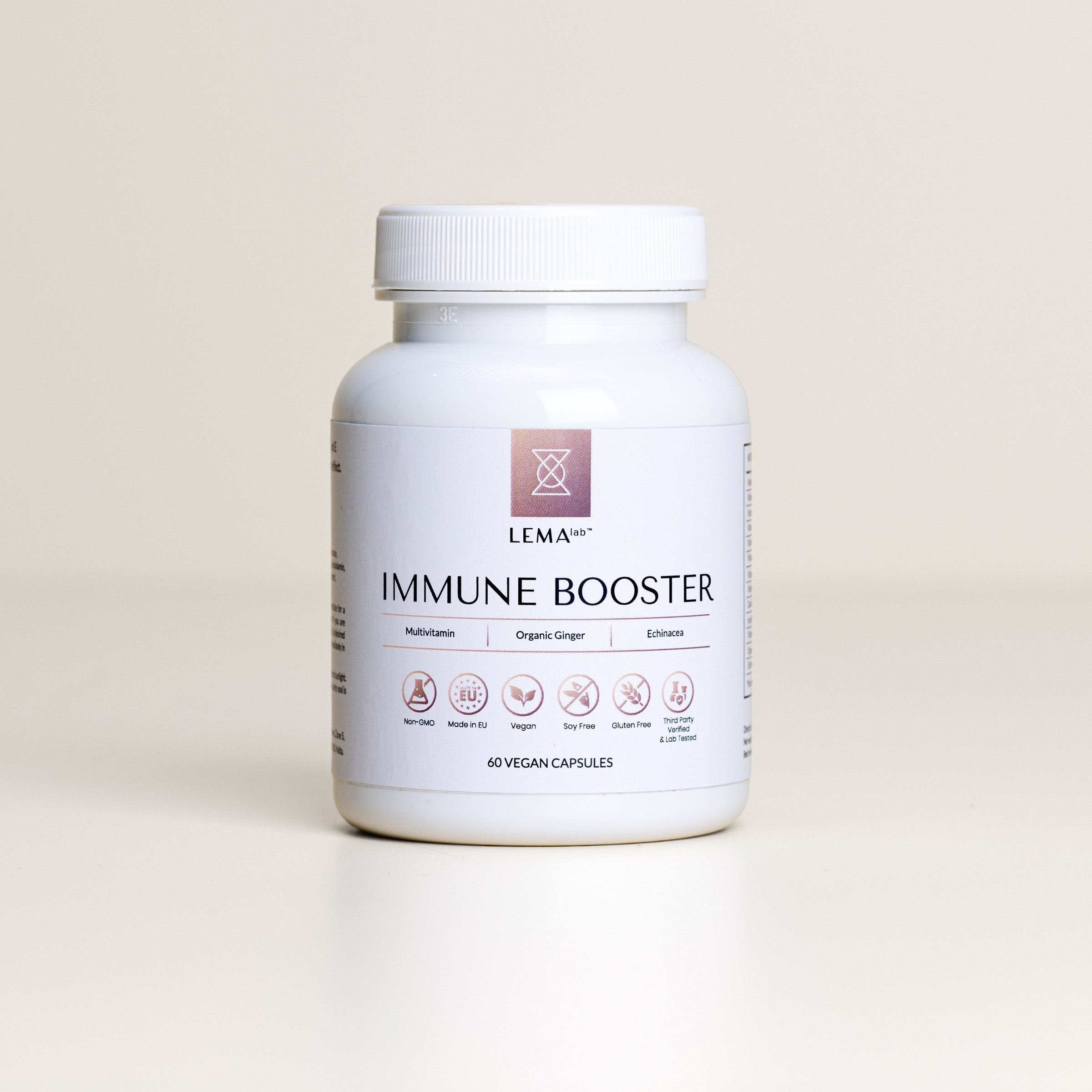

Leave a comment
This site is protected by hCaptcha and the hCaptcha Privacy Policy and Terms of Service apply.